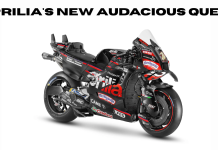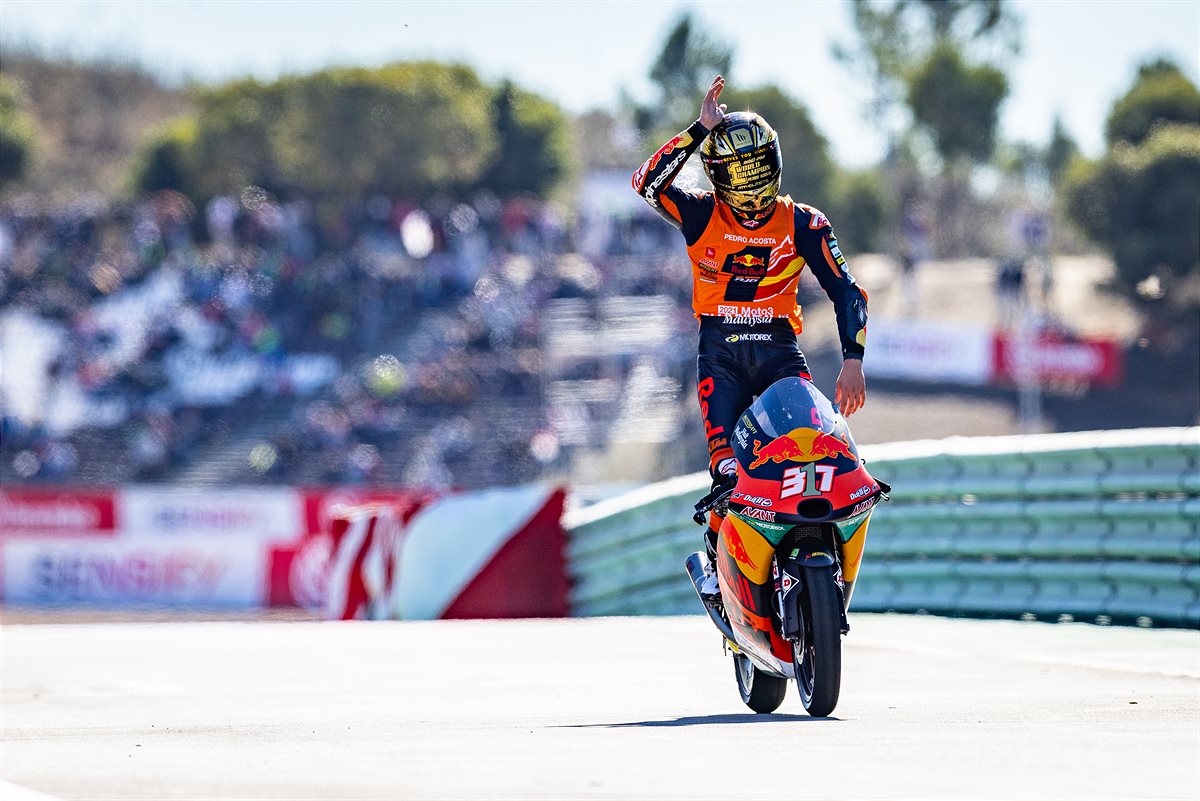It’s fascinating to observe the shifts in the automotive market, especially in the luxury and performance segments.

This data offers several key insights:
- Performance Luxury Market Resilience: Despite broader market fluctuations, the high-performance luxury segment remains robust, suggesting a consistent consumer demand for premium vehicles with high-performance capabilities. One explanation could be the clientele of this segment. High-net-worth individuals, who primarily constitute this market, might have been less impacted economically by recent global events, allowing them to indulge in such luxury purchases.
- BMW M’s Popularity: The rise of BMW M sales, especially in Europe and the US, signals that the brand has successfully tapped into the desires of the luxury performance market. This could be attributed to a combination of factors, such as brand reputation, innovative performance technology, product marketing, and perhaps even a few standout models that resonate with customers.
- SUVs Continue to Reign: The success of the BMW XM, a high-performance SUV with a substantial price tag, reiterates the market’s inclination towards SUVs, even in the luxury performance space. SUVs have generally gained popularity for their versatility, spaciousness, and perceived safety, and when these qualities are combined with high-end performance features, it’s a winning combination for a significant chunk of consumers.
- Mercedes-AMG’s Competitive Position: Mercedes-AMG, while trailing BMW M, is showing impressive growth, particularly with the iconic G63 model. This suggests that while BMW M may currently be in the limelight, Mercedes-AMG remains a formidable competitor, and its legacy models continue to command a strong market presence.
- Variability in Model Popularity: The fact that the BMW XM outsold the more affordable BMW Z4 underscores the idea that price isn’t the sole factor influencing sales in this segment. Branding, utility (like an SUV vs. a two-seater), and perhaps even geographic and cultural preferences play substantial roles.

Looking forward, these trends raise a few questions:
- Will other luxury automakers adjust their strategies to compete more aggressively in the high-performance segment?
- How might electric vehicles (EVs) impact this market segment, given the increasing shift towards EVs globally? Both BMW and Mercedes have shown intentions of expanding their electric line-ups, so observing how their performance brands evolve in the electric era will be intriguing.
- Will economic factors, global events, or changing consumer preferences influence these trends in the coming months?
The automotive industry, particularly the luxury segment, remains a dynamic and evolving space, and it’ll be fascinating to watch how these brands adapt and innovate to maintain or grow their market positions.

Conclusion
The luxury high-performance vehicle market has showcased resilience and growth, with BMW M and Mercedes-AMG emerging as frontrunners in Europe and the US. This uptick in sales, particularly in the SUV segment, underscores the prevailing consumer preference for vehicles that amalgamate luxury, performance, and versatility.
While BMW M currently enjoys the spotlight, the enduring strength of legacy models from Mercedes-AMG suggests a spirited competition in this segment. As the global automotive landscape shifts, with a growing emphasis on EVs and changing consumer behaviours, it will be pivotal for these luxury brands to adapt and innovate. The remainder of 2023 will provide further insights into whether these brands can sustain their growth trajectories and how the broader luxury performance market will evolve.


































